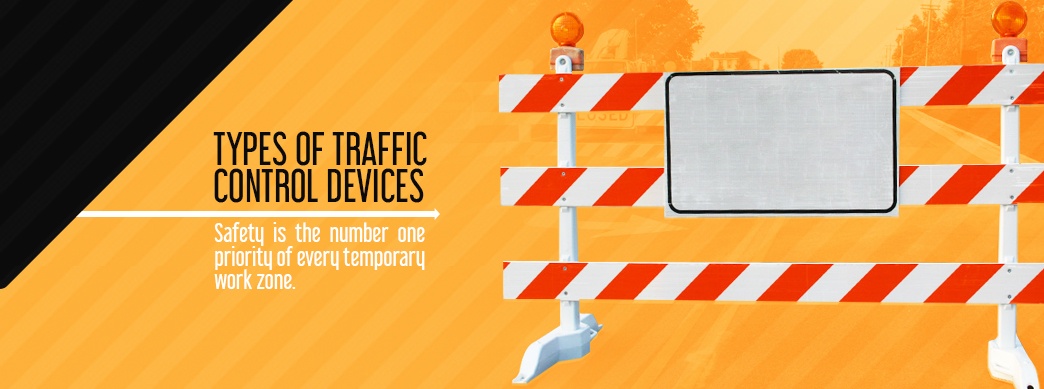Safety Network Can Be Fun For Everyone
Wiki Article
Safety Network - Truths
Table of ContentsSafety Network - TruthsThe Greatest Guide To Safety NetworkThe Safety Network StatementsThe Basic Principles Of Safety Network Indicators on Safety Network You Need To Know
The phases within a ring are phoned number as illustrated in Figure 7-2. Dual-Ring Controller Unit Has 2 interlocked rings set up to time in a recommended sequence as well as allow concurrent timing of particular stages in both rings, based on the restraint of the barriers (compatibility lines). Traffic control. Each ring might consist of approximately two stages in each of its 2 barrier teams, for a total amount of 8 phases.Barrier (compatibility line) A referral point in the assigned series of dual-ring and multi-ring controller devices at which rings are interlocked. Barriers guarantee contradictory phases will not be selected or time concurrently. At a barrier, rings terminate the present phase and go across the barrier simultaneously, as highlighted in Number 7-3.
If a call does not exist in among the rings when the obstacle is gone across (from the various other phase team), a phase is chosen because ring to be activated by the controller in an established way. Referring again to figure 7-3 in the absence of phone calls on Phases 7 and 8, Stage 2 as well as Phase 6 end to service a phone call on Phase 3.
Fascination About Safety Network

Setting Description Minimum Environment-friendly The outright minimum period of the stage's eco-friendly indicator. The phase can not void out or be required off during this interval. Variable Initial Environment-friendly A time calculated from the number of technique detector actuations during red. In the lack of a stopline detector, it permits enough time to solution cars queued in between the stopline as well as a breakthrough detector.
The period of this interval is impacted by relevant specifications consisting of Added First (quantity of eco-friendly included per actuation) as well as Maximum First. Pedestrian Stroll The minimum duration of the Stroll indicator for pedestrians. The stage can not void out or be required off throughout this period. Pedestrian Clearance The fixed period of the Blinking Don't Stroll sign for pedestrians.
Not known Factual Statements About Safety Network
Eco-friendly Expansion The amount of time through which the green is expanded after a car is detected. If the minimum eco-friendly, variable preliminary environment-friendly, Stroll, as well as FDW have all ran out, and also no method detector input is presently On, the phase eco-friendly can end (gap out) if the time space in between consecutive lorries surpasses the green extension time plus the time the detector input remains On while the car is being sensed.This parameter overrides Green Expansion, yet none of the various other parameters over. Yellow Clearance The fixed duration of the yellow sign that constantly complies with the eco-friendly indicator. Red Clearance The moment throughout which both the terminating phase, and the following contradictory stage(s) ready to start, all at once present a red indicator - Traffic control.
The "volume" option increments a first environment-friendly interval timer each time an automobile is found while the phase is red. The minimal eco-friendly is timed as the greater of the normal minimum green and this computed first green, approximately an optimum. In the lack of stopline detectors, it can be made use of to count the variety of lorries waiting before the breakthrough detectors and enhance the minimum eco-friendly, if required, to clear this line.
Safety Network Fundamentals Explained
One such sequence can be used on one road (one barrier group), while a different sequence is utilized on the various other road. Sequence Description Leading Left Turn Sequence starts with Stage 1 as well as Stage 5, the opposing turns moving together. As need finishes or maximum eco-friendly is reached on either Stage 1 or Phase 5, the particular left-turn is ended after the correct change and also clearance periods, and also the opposing thru activity (Stage 2 or Phase 6) is given a green indication simultaneous with its going along with left-turn.As need finishes or optimum eco-friendly is gotten to on Stage 5, that left-turn is ended after the proper modification and also clearance periods - https://www.openlearning.com/u/gloriajohnson-rq6h0v/. The opposing thru motion, Phase 6, is released to keep up Stage 2. As demand finishes or optimum environment-friendly for Phase 2 is gotten to, it is terminated after the proper change and also clearance intervals, at the barrier line.

The 9-Second Trick For Safety Network
Input Description Automobile Detector Call Enters an automobile need for solution right into the suitable phase of the controller device. Pedestrian Detector Call Gets in a pedestrian need for service into the connected stage of the controller unit. Hold Command that keeps the existing right of way and has different reactions, as follows relying on operation in the automobile non-actuated or actuated setting: For a non-actuated phase, energization of the hold input preserves the controller system in More about the author the timed out stroll period with eco-friendly as well as walk indicators displayed.De-energization of the hold input and with the WALK interval timed out causes the controller unit to advance into the pedestrian clearance interval. Re-application of the hold input while timing the pedestrian clearance part of the green period neither inhibits the timing of this period neither the discontinuation of the stage.
Report this wiki page